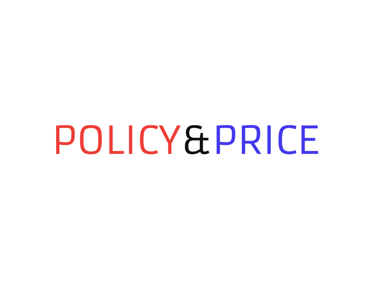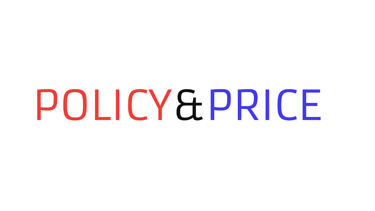
Top 3 Economic Stories this Week
OBR Data Portrays Slowed Growth
The Office for Budget Responsibility and the EY Item Club has forecasted UK growth for 2026 at 0.9%, a downgrade from earlier forecasts this year of 1.5%. Expected tax increases drove the downgrade, alongside reduced business investment as of late, and the productivity weakness that is increasingly present in the UK. The OBR suggested that the upcoming Autumn Budget will weigh on not only corporate confidence, but also consumer confidence as well. Such policy uncertainty has led to business holding back on capital spending, and economists have said that such deteriorating business and consumer confidence may call for rate cuts in early 2026.
UK Manufacturing Output Shows Positive Signs
October saw UK manufacturing output increase for the first time in a year. Many analysts have inferred that the upswing was partly due to Jaguar Land Rover's return to production after their cyber attack in late august. Furthermore, this led to an evident uptick in the S&P Global Manufacturing PMI, as it climbed up to a 12 month high - just above the 50 threshold. These events have led economists to question whether the recovery may have been a temporary one, as components indicating future activity are still yet to pick up (such as export volumes and new orders). Nonetheless, it's no doubt that the data acts as positive evidence that the recent downturn in the UK's industrial sector could be starting to stabilise.
A Weakened US Dollar
The early days of November have observed a weakening US dollar as the government shutdown has delayed key data releases. Additionally, the Federal Reserve is seen to be holding their interest rates at 3.75-4.0%, once more emphasising data dependence in their approach. The weaker dollar has boosted sterling and the euro, although not by much, as both of the mentioned currencies face their own counterforces themselves. Some analysts have suggested that the volatility present in global bond yields and FX rates are likely to persist until there is US fiscal clarity around spending priorities for 2026.
Policy Pulse: Bank of England
The Bank of England held interest rates at 4.0%, but the minutes of their meeting has displayed that there is growing debate around when they will ease rates. The Governor of the BoE, Andrew Bailey - has acknowledged the progress made around inflation, but was cautious of weak UK growth. The upcoming autumn budget will of course shape the fiscal tone going into 2026, with tax increases expected. At the same time, the BoE will need to adjust accordingly in order to improve the waning consumer and business confidence if it continues. Analysts have suggested that investors are split at the moment between expecting a second rate cut in December 2025 or Q1 2026, while also stressing the markets focus on UK's inflation and wage data which will be released next week, in the hope of a confirmation of inflation in the UK cooling.
Industry Spotlight: UK Businesses (& Trade Pressure)
ONS data released this week showed that UK business are still facing demand pressures, alongside rising costs, despite sentiment within the UK economy improving slightly. Businesses input costs have been rising as energy costs continue to increase alongside materials and rising wages. Weak consumer demand throughout the UK has been noted by firms in retail and construction, and to make matters worse, export performance has remained mild due to soft demand across the globe. Furthermore, a weaker Chinese import cycle has been reported by analysts as a contributing factor. As has been with most of the topics we've discussed this week, the upcoming budget looming over UK businesses does act as a knock to business confidence.


Economic Analysis. Political Analysis. Insightful Analysis.
Explore political and economic affairs with us.
© 2025. All rights reserved.


